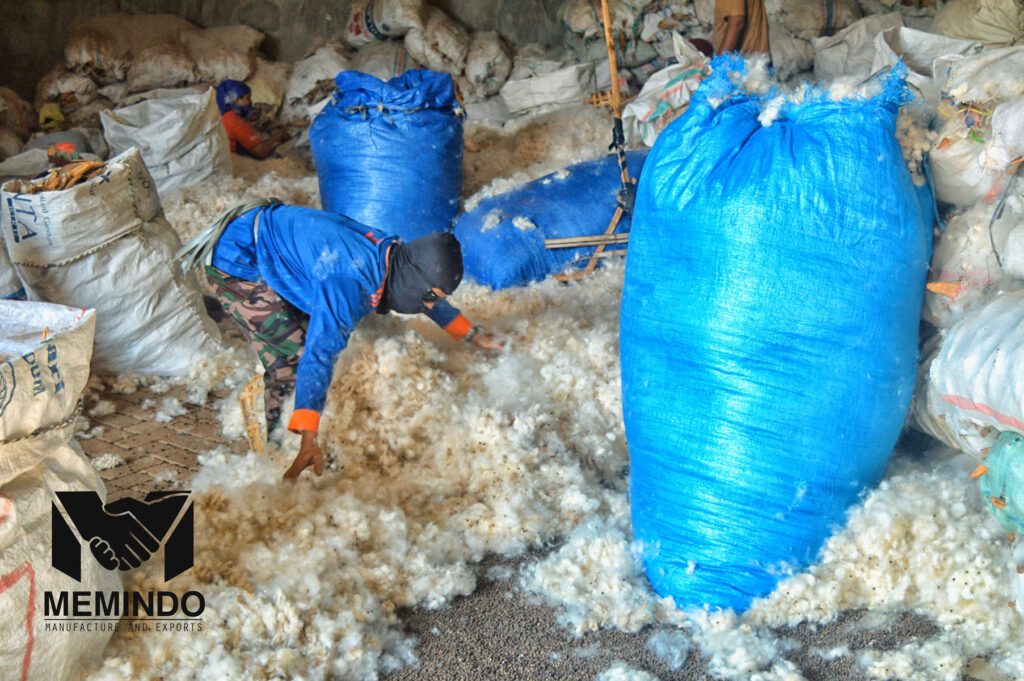Innovative Uses of Kapok in the Modern World
Kapok, the fluffy fiber derived from the seed pods of the Ceiba pentandra tree, has been traditionally used for stuffing pillows, mattresses, and cushions due to its light, buoyant, and hypoallergenic properties. In recent years, however, this sustainable fiber has garnered attention for its potential in a range of innovative industries. From eco-friendly packaging to bio-composites and life-saving materials, kapok is proving to be a versatile resource in addressing modern environmental and industrial challenges.
1. Bio-Composites
One of the most exciting new uses of kapok is in the development of bio-composites, which are materials composed of natural fibers combined with polymers. Kapok’s lightweight and buoyant nature, combined with its hollow fibers, make it an excellent candidate for strengthening composite materials while keeping them light. Researchers are experimenting with kapok to reinforce bio-based plastics, offering an eco-friendly alternative to traditional synthetic composites. These bio-composites are being used in automotive parts, construction materials, and consumer goods, providing industries with a sustainable option that reduces reliance on fossil-fuel-based materials.
2. Eco-Friendly Packaging
With the increasing demand for sustainable alternatives to plastic packaging, kapok is being explored as a biodegradable packaging material. The fiber’s natural ability to resist moisture and its insulating properties make it ideal for protective packaging, particularly for temperature-sensitive goods. Kapok-based packaging not only helps reduce the use of harmful plastics but also decomposes naturally without leaving toxic residues, aligning with global efforts to combat plastic pollution.

3. Insulation Materials
Kapok’s excellent thermal insulation properties are being harnessed for use in eco-friendly building insulation. Its hollow fibers trap air, making it an effective insulator. This characteristic allows it to maintain stable indoor temperatures, reducing the need for energy-intensive heating and cooling systems. Unlike synthetic insulation materials, kapok is biodegradable, lightweight, and does not emit harmful chemicals, making it an ideal choice for green building projects that emphasize sustainability and health.
4. Life Jackets and Buoyant Products
Kapok’s buoyancy has been historically utilized in life vests and flotation devices, but recent innovations are refining this application. Due to its natural water resistance and high buoyancy, kapok is still being used as a sustainable alternative to synthetic foam in life jackets, life rafts, and buoyancy aids. This application is especially important in regions where sustainability and cost-effectiveness are paramount, as kapok is not only effective but also renewable and biodegradable, unlike synthetic foam which contributes to long-term waste issues.
5. Water Filtration
A relatively new and promising use of kapok is in water filtration systems. Research has shown that kapok fibers can be used to remove oil and other pollutants from water, making it a potential solution for treating industrial wastewater and cleaning up oil spills. Its high oil absorption capacity and natural hydrophobic (water-repellent) characteristics allow it to trap oils while letting water pass through. This eco-friendly filtering method is attracting attention as industries seek sustainable ways to minimize their environmental footprint.
6. Soundproofing Solutions
Kapok’s ability to absorb sound waves due to its porous structure has led to its use in soundproofing materials. This fiber is being incorporated into eco-friendly sound insulation panels for use in buildings and vehicles. By replacing synthetic materials with kapok, companies are contributing to greener construction methods while maintaining high performance in noise reduction.
Expanding Kapok’s Potential: Research and Development
The renewed interest in kapok has sparked ongoing research and development aimed at discovering new ways to use this natural fiber. Universities and environmental organizations are collaborating with industries to explore how kapok can be integrated into various sustainable solutions. This research is key to unlocking kapok’s full potential, particularly as industries worldwide shift toward circular economies that prioritize renewable, biodegradable resources.
For instance, projects are underway to enhance kapok’s properties through chemical treatments, making it even more versatile for industrial applications. These advancements could position kapok as a leading natural fiber in the green materials revolution, offering a sustainable alternative in industries traditionally dominated by synthetic fibers and plastics.
Conclusion
Kapok is undergoing a renaissance in the modern world, as industries recognize its environmental and functional benefits. Its role in bio-composites, packaging, insulation, and water filtration shows how this once-overlooked fiber is being repurposed to meet the demands of sustainability. As research continues and innovation expands, kapok’s applications are likely to grow, making it a key player in creating a more eco-friendly future.
This natural fiber’s journey from traditional bedding filler to cutting-edge industrial material exemplifies the power of nature to offer sustainable solutions to modern challenges.


1 thought on “Innovative Uses of Kapok in the Modern World”